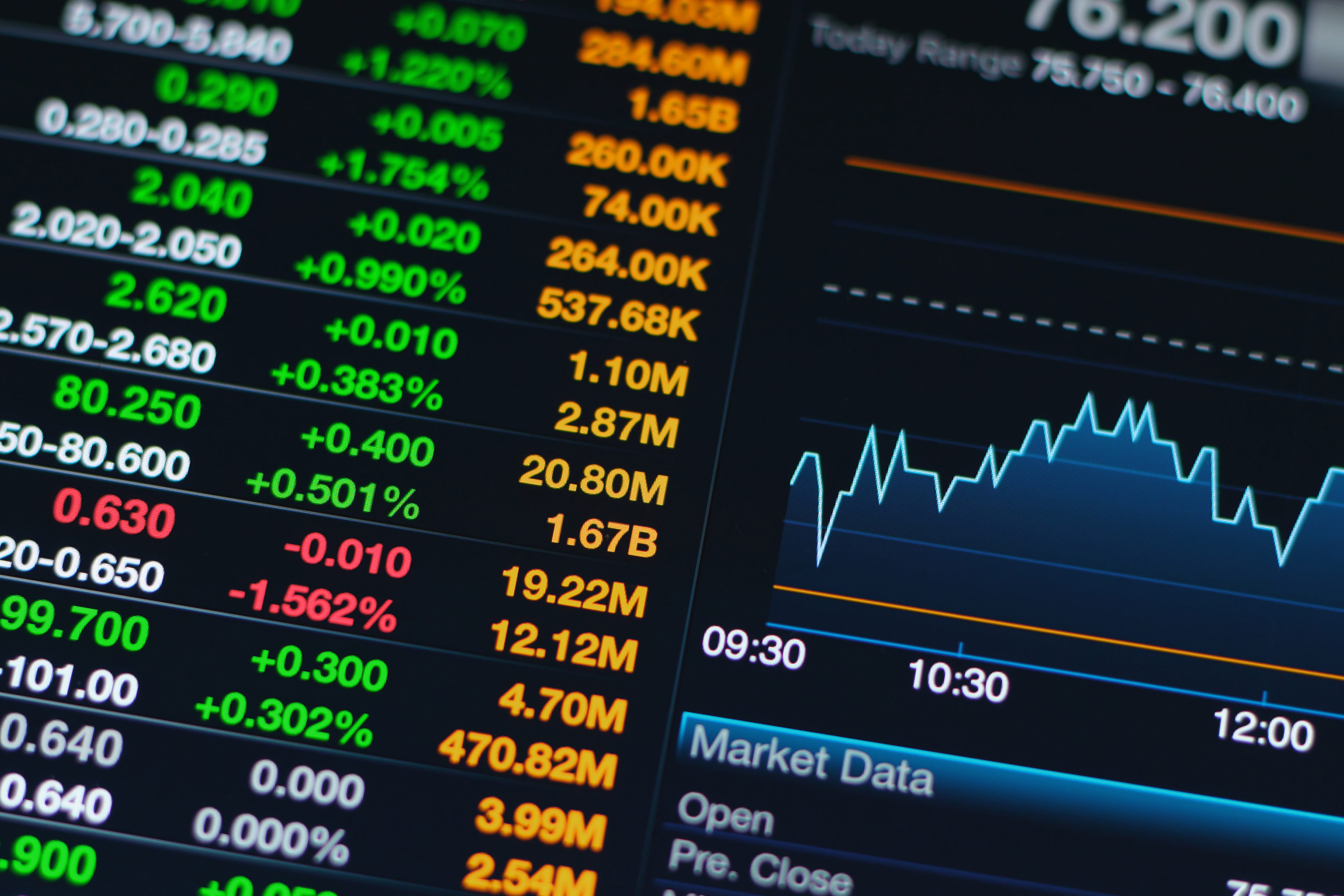Across a prolonged economic recovery and bull market, asset valuations, including stock prices, consistently hit record highs. Beginning in December 2015, rates were raised incrementally from 0.25% to 2.50% over a three-year period, at which time the Fed then paused for seven months. In reaction to the US/China trade disputes, the Fed began cutting rates in late July 2019, taking the benchmark rate from 2.50% to 1.75% over three months and holding it there through early 2020 as the economy trended positively. The S&P 500 rallied 14% from the onset of these cuts in late July 2019 through late February 2020.
As we are all aware, the COVID-19 pandemic surfaced in February/March 2020 and changed the equation. To combat the economic impact of an unprecedented situation, the Fed held two emergency meetings in March 2000 and cut rates from 1.75% to 0.00%–0.25%. This aggressive policy shift helped stabilize the financial system and ultimately resulted in a “V-shaped” recovery. From that point forward, the S&P 500 gained ~66% over the next 12 months and ~83% over the next two years.
What comes next?
As noted, we are now amidst what effectively is the next rate cycle, which, perhaps coincidentally, carries characteristics from each of the prior three scenarios included in this analysis. From March 2022 through May 2023, the Fed raised rates by over 500 basis points (5%) over the course of 10 consecutive meetings, with speculation now centering on what may come next. While market participants are mixed, consensus is that we are close to a peak; thus, talk has begun to center on what would be required and when the Fed would shift sentiment toward a bias to cut.
Elevated interest rates are necessary during certain cycles to maintain economic balance, but they can have a profound impact on the overall health of the business community. The erosion of purchasing power, increased borrowing costs and challenged profit margins, plus slower economic growth, require companies to shift and adapt quickly to a new economic paradigm. Financing growth, and even working capital, can be challenging particularly when refinancing balance sheets in a completely different capital markets environment from when existing facilities and securities were initially put in place approximately three to eight years ago.
When can we expect change? Prior rate cycles suggest that, even if we have reached a peak rate environment, cuts may not be on the way for some time. Interestingly, two of the last three rate cycles required exogenous, one-time, unpredictable events to instigate aggressive rate cuts over accelerated periods. As such, it may be an extended period before monetary policy relief can be leveraged, absent the unexpected.
In the current rate cycle, historically high inflation and its impact on the timing and aggressiveness of future rate cuts is an incremental unknown variable, further distinguishing the current situation from the cycles examined earlier. This adds an additional, complicating factor influencing Fed policy, which could impact the timing, scale, and rate of cuts if inflation remains above target levels.
As higher rates may persist, it is prudent for management teams and boards to prepare to operate in an elevated rate environment for the foreseeable future. Businesses need to adapt operating and cost frameworks to drive efficiencies. Beyond investing in cost-saving initiatives, corporations can consider utilizing other levers to weather the storm. Reassessing the various capital markets, access to funding, costs and fees, covenants, etc., across securities in the current market and rate environment is a process that all companies will ultimately go through. For private companies aspiring to list on a public exchange, re-evaluating the business model, predictability of projections and growth prospects in a different economic climate is essential for preparation and the ability to move fast when markets become more accommodative.
Our Capital Markets Advisory group is ready to help
The EY Capital Markets Advisory group provides corporate boards and management teams with an independent perspective across capital markets. Our primary goal is to help companies achieve funding objectives by identifying ways to optimize transaction execution and reduce deal risk. Given the challenging market climate, expert independent advice and consultation can be a critical component to transaction education, preparation, and execution. Navigating the potential variance in advice given by capital providers and other advisors who may prioritize their own interests can be helpful as well. Please do not hesitate to reach out if we can be helpful.






